Welcome to Pocketful of Prose, a community for sharing stories. As always, there’s an audio of this pocket if that works better for your life, and links are in bold. If you like it here, please click the heart at the bottom, restack this post or share with a friend. A special thanks to my daughter Anna for helping me edit this pocket.
Without further ado, today’s pocket.
“I want to play soccer,” Lily, a bright precocious eight grader, tells our book club, “but I’m afraid I’m not good enough.”
I’m not always prepared for every feeling a student throws at me. Often, it’s more important to listen than to say anything, but I know exactly what I want to say to Lily because just that morning on the field trip I chaperoned, I attended a workshop with a room full of high school seniors where the presenter spoke about imposter syndrome. “Soon, you will all have a high school diploma,” she said, “and you will walk into spaces where the only requirement is a high school diploma, but still, you might feel like you don’t belong. Remember to ask yourself, what is the requirement for being here. Remember that it is a high school diploma. Remember that you have one, and that you belong.”
“Lily, the only requirement for playing soccer at our school is that you want to play soccer. Do you want to play soccer?”
“Yes,” Lily smiled.
“It’s the same thing with writing,” I say. “If you’re a writer, you write.”
Loreley, my friend who is also our school librarian, chimed in, “I always tell people that I’m an aspiring writer, but that’s like saying that I want to write, when the truth is I write all the time.”
We are gathered around a small table planting marigold seeds. Our book this spring is Ab(solutely) Normal, Stories that Smash Mental Health Stereotypes. It’s an anthology of YA stories edited by Nora Shalaway Carpenter and Rocky Callen, written by authors who all have personal experience with mental health issues (because like who doesn’t.) Every week we begin book club by asking invited guests to share experiences and strategies connected to mental health.
This week, it’s my turn, and I’ve decided to talk about why gardening is good for my mental health. I begin by sharing an article I read a few weeks ago by Lauren McQuistin titled “100 things to support your mental health that aren’t go for a walk and drink more water.” I’m always telling my kids and students to drink water and take walks, so I’m curious about Lauren’s article and pleased that number 100 is, “okay fine go for a walk.” I share some of Lauren’s suggestions with our book club. “20. If you don’t have a cold today, breathe through your nose and remind yourself how good it feels. 21. If you have a cold, get some vapor rub.” This makes the students laugh. After sharing a few more of Lauren’s suggestions which include cleaning out a drawer, singing and acting on your anger through the form of protest or petition,” I ask our group to think about what they would put on their list and to write this down in their journals. As I work on my own list, I realize that I’m creating something fridge worthy.
After a few minutes, we go around in a circle and share our lists, noticing that we have similar ways of caring for ourselves…drinking tea, getting outside, reading, no surprise there. One of our parent members shares how the act of making tea is soothing to her, and it reminds me about something I read recently in Erin Boyle’s book Simple Matters. “Take my morning cup of coffee,” Erin writes. “Making the coffee itself…offers a moment of calm. I can stand at the kitchen counter groggy-eyed and getting used to a new day as the water heats on the stove. The kettle whistles. I pour hot water over fresh coffee grounds. As the water burbles in, the grounds float up. If I don’t rush away, I can stand for a moment and watch them fall down again like a coffee grounds ballet. A few minutes later: a satisfying plunge and a steamy hot cup with a bit of chocolaty froth on top.” Rituals like these are so helpful when it comes to caring for ourselves.
When it’s my turn to share, I tell the group that gardening is top on my list, that science has proven that there’s something in the soil that soothes and comforts and cares for us. In Robin Wall Kimmerer’s Braiding Sweetgrass, she writes “the smell of humus exerts a physiological effect on humans. Breathing in the scent of Mother Earth stimulates the release of the hormone oxytocin, the same chemical that promotes bonding between mother and child.” This makes perfect sense to me. Being in the garden feels like coming home.
Several of Lauren’s suggestions on the 100 things list are about putting all of your attention in one place which is another reason why gardening supports my mental health. In the garden, I’m completely in tune with myself. My thoughts stop scurrying around my head like hungry mice, and I’m completely absorbed in the moment. The late Cheri Maples, Madison police officer, peace activist, dharma instructor, and all-around amazing human, said that her “first Zen activity…was baseball because that was the first activity where her “total focus and concentration was there and nothing else was present.” This is how I feel in the garden.
For a long time, I’ve reflected on ways I might capture this feeling I have in the garden when I’m not in the garden. I considered taking up drawing or painting, but like Lily who is worried about whether or not she can play soccer, I worry I’m not good enough to do the thing I want to do. I never thought of myself as an artist or as someone who could draw. In fact, when I taught fourth grade, I made my class laugh by drawing stick figures on the board and making a big deal about how “good” I thought they were. When my family plays Telelstrations, a game where you have to draw and then pass your drawing to the next person, it is considered a handicap to sit next to me. But I love my garden, and I want to draw it, so when Janisse Ray shared how she would be offering a Journaling the Garden class, I set my inner critic aside and signed up.
In the second class, Rachel Michaud, a Certified Tennessee Naturalist, shared how she got started with her simple garden journal by noticing, and then sketching what she was noticing, and I thought, “oh, I think I can do that.” Then, Susan Loeb, an artist and teacher, showed us how to get started by looking closely at an object and then moving the pencil ever so slowly across the page. Could it be that simple? I wondered. Is the only requirement for creating a garden journal wanting to create a garden journal because I really wanted to create a garden journal?
After book club, I squeezed picking up a sketchbook from our local arts store into my schedule before heading over to Seabass’ first soccer match. It felt joyous to watch him on the field. He was so good, and I cheered loudly for him, and then he got slide tackled. He hit the ground hard, but he got right back up and kept playing, so I thought he was okay. It didn’t occur to me that he might be hurt. He finished out the quarter but didn’t go back in the game. I thought it was just because there were so many people on the team and the coach hadn’t figured out how to sub them all in yet in an equitable way. After the game, though, Seabass came over to me and held up his hands. His left hand was four times the size of his right. I was just on the other side of the field, but I didn’t know he was in pain. He told his coach, but his coach didn’t realize what was happening either. They didn’t even give him an ice pack.
The night we learned that Seabass’ thumb was indeed broken, and he wouldn’t be able to play any more games this season, I took my notebook into my garden, and I sat in the grass and sketched a daffodil. I noticed the little winged creatures visiting the daffodil, and I thought about how all day long while I was taking Seabass to the doctor and waiting on the news about his thumb, while I was emailing his coach and suggesting a new protocol if someone gets injured, while I was fielding texts and emails about other things that sometimes made me want to throw my phone, all that time the daffodils were opening. All along, they were teaching me about what it means to open a hardened heart.
On a hard day of a hard week, it was grounding to sit and sketch the daffodils. The next morning, I got out of bed and as I put my feet on the ground, I said to myself, “I moved through a difficult day with grace and kindness for myself and others.” To experience a moment of calm, amidst chaos, felt monumental.
The next night, I sat at our dining room table next to Seabass who was working on a school presentation. While he figured out how to type with only his right hand, I worked from a photograph and made a simple sketch of a ranunculus in my new sketch pad.
“You can draw?” He asked.
“Yeah, I guess, I can,” I said.
A few nights later, I sat next to him at the dining room table again. I sketched Lenten roses while he decided which chemistry formula to apply to the problem in front of him.
“I need to be better,” he said at one point. “I’m not good at this.”
“You’re great just as you are, but you get better at this,” I said, “by doing it.”
Later, after we did a special handshake to celebrate a right answer, he looked over my shoulder and said, “You’re getting better. You should get better colored pencils because you’re getting better.”
“You’re right. I should,” I said. “For now,” I said handing him a handful of dull colored pencils, “please help me sharpen the ones I have.”
I would love to continue this conversation in the comments. What resonates for you today? How do you take care of your mental health? What is your relationship with imposter syndrome?




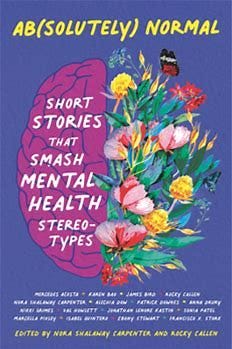
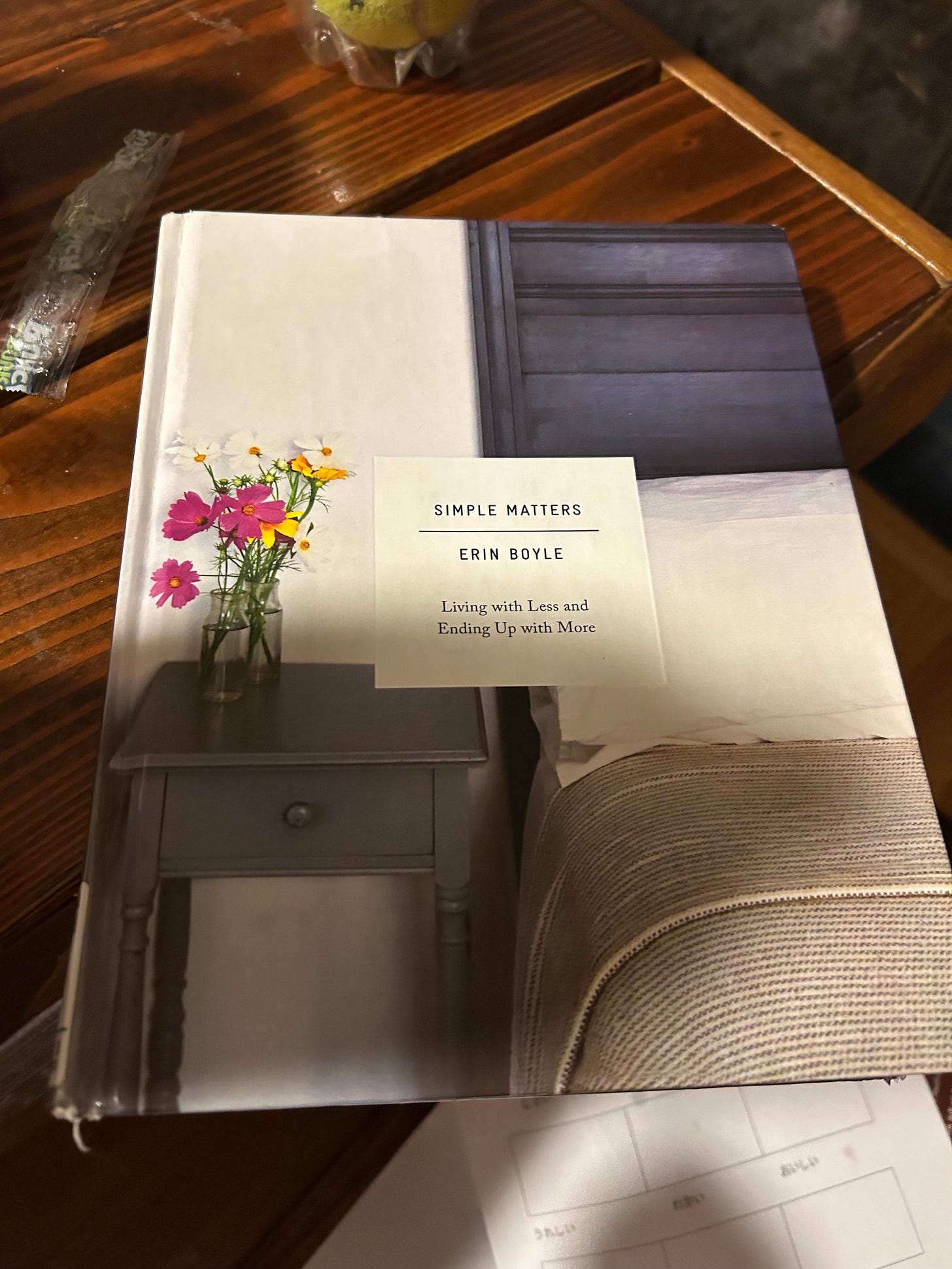
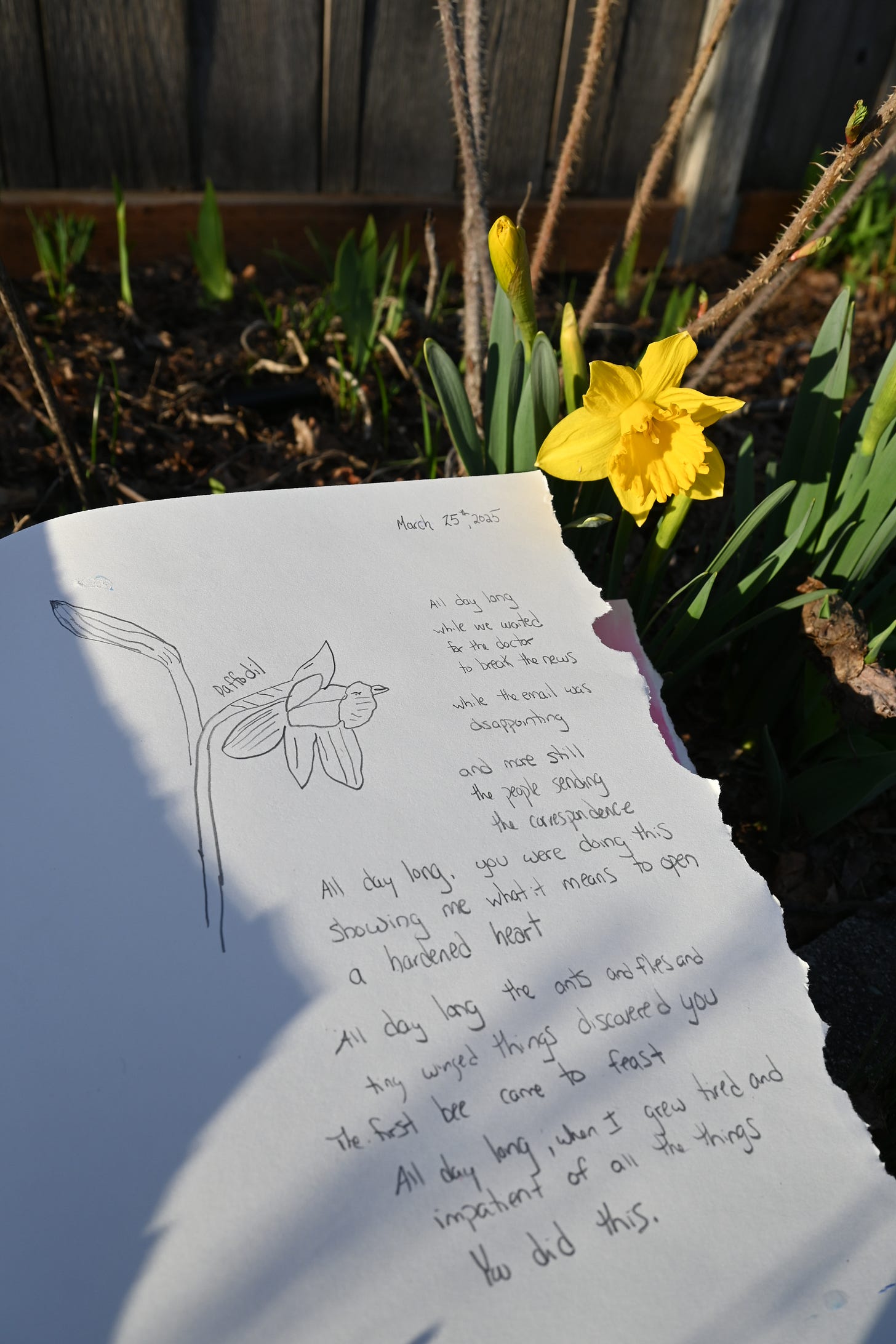
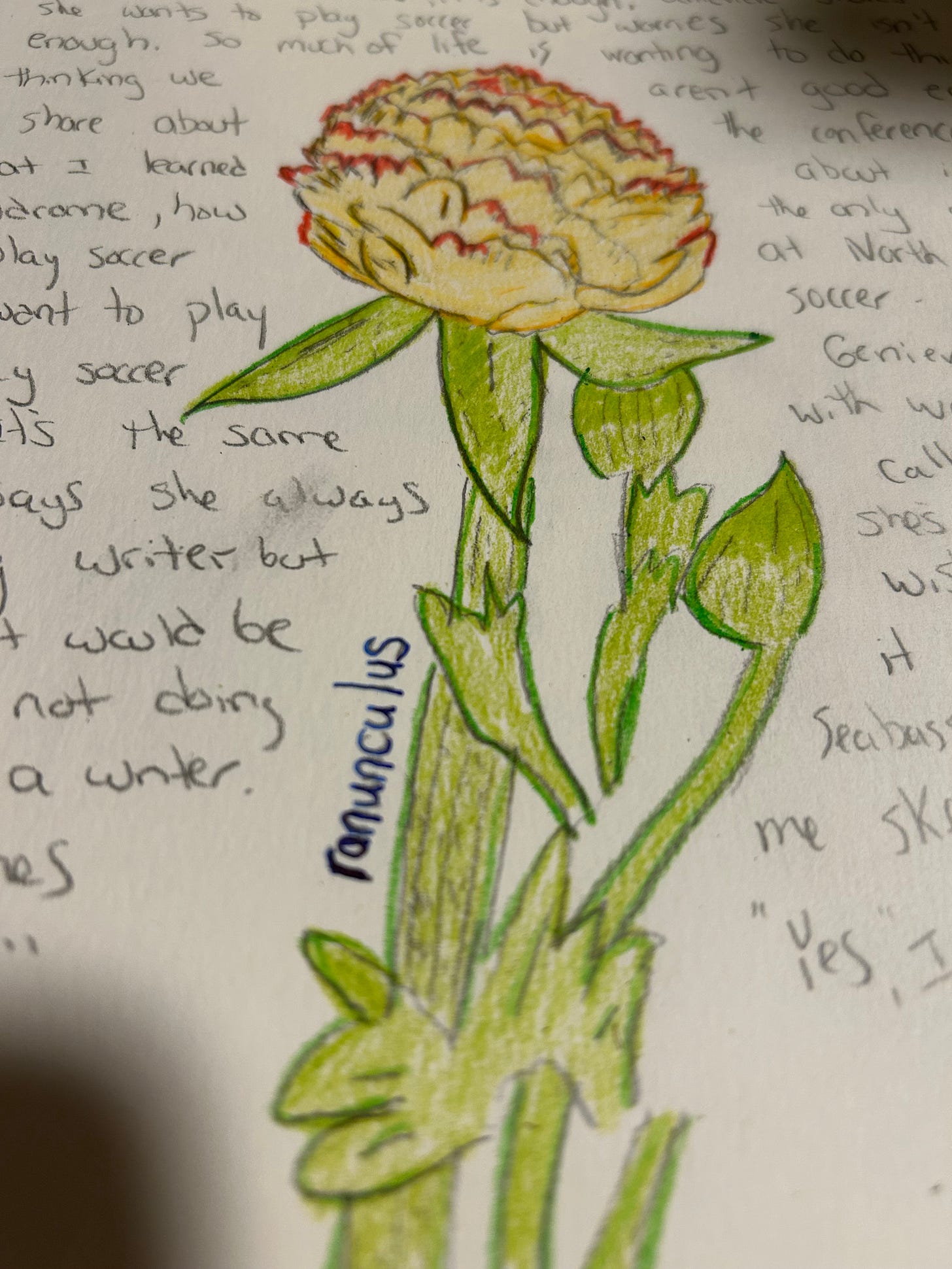
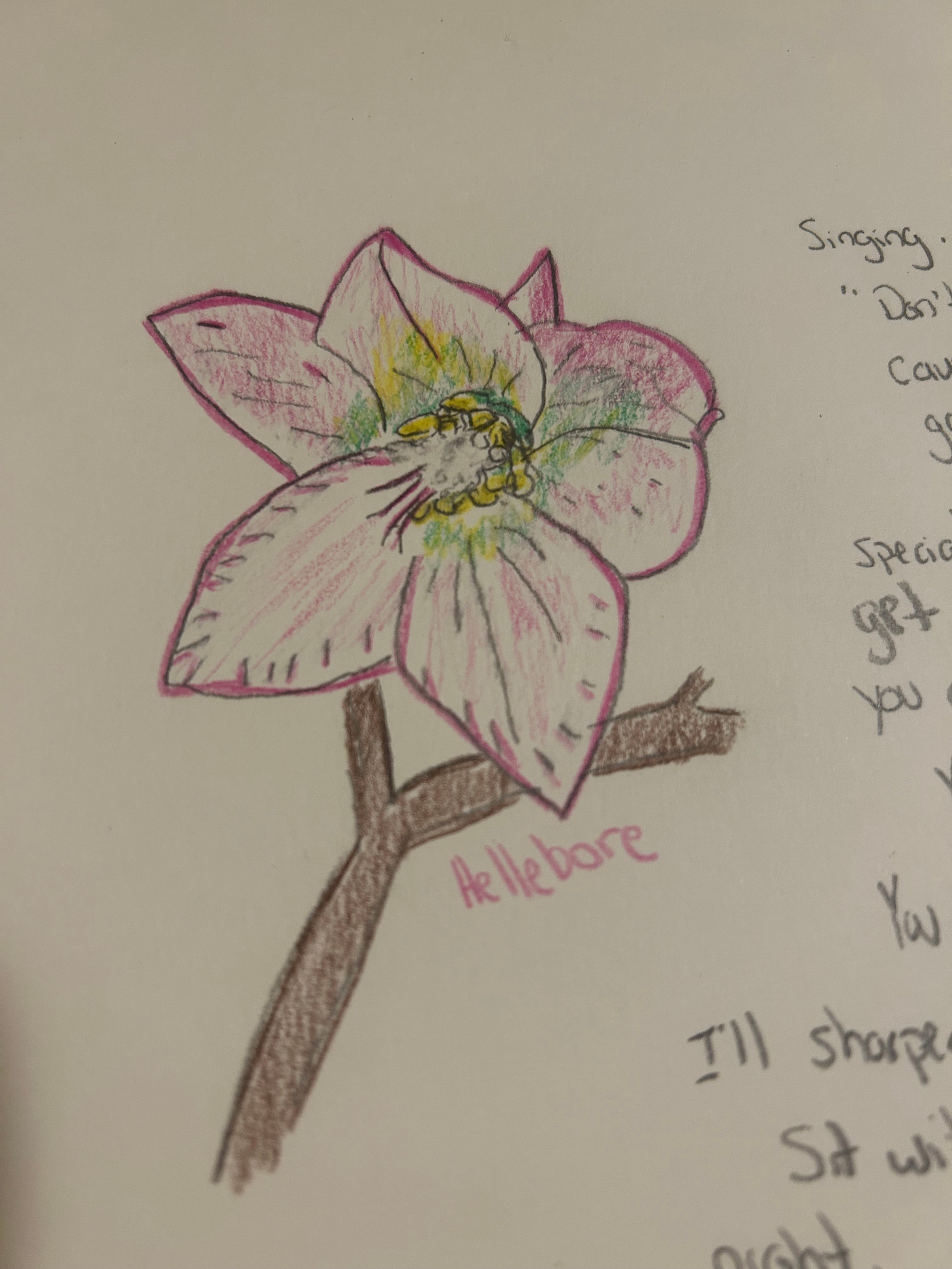
I love everything about this. I’ve been wanting to learn how to draw recently and you inspired me to pick up a drawing book and small sketch pad today. Here’s to having fun and making stuff, even if I’m not good at it yet. 🙂
I love this! I struggle with perfectionism, and with just getting started on things; you remind me that I should just do it! I can't keep letting the days slip away from me without doing something that feeds my soul. Big love to Seabass and his thumb 💜